We are not alone. From the announcement in 1995 that Swiss astronomers Michel Mayor and Didier Queloz had discovered the first exoplanet around a main sequence star – Pegasi 51b – there’s been something of a gold rush to find more.And now, thanks to a combination of observation techniques, from ground-based photometry to the Kepler and TESS transit-measuring space telescopes, we know that there are thousands of other worlds out there beyond our own Solar System.
Read more:
- An interview with Didier Queloz
- Is it possible to make a map of an exoplanet?
- Could an exoplanet's atmosphere indicate the presence of life?
Exoplanetology – the quest to discover more about these alien worlds – has become one of the most exciting research fronts in astronomy, and now a whole new generation of missions is leading the charge away from merely detecting towards deepening our understanding of the planets we’ve discovered.
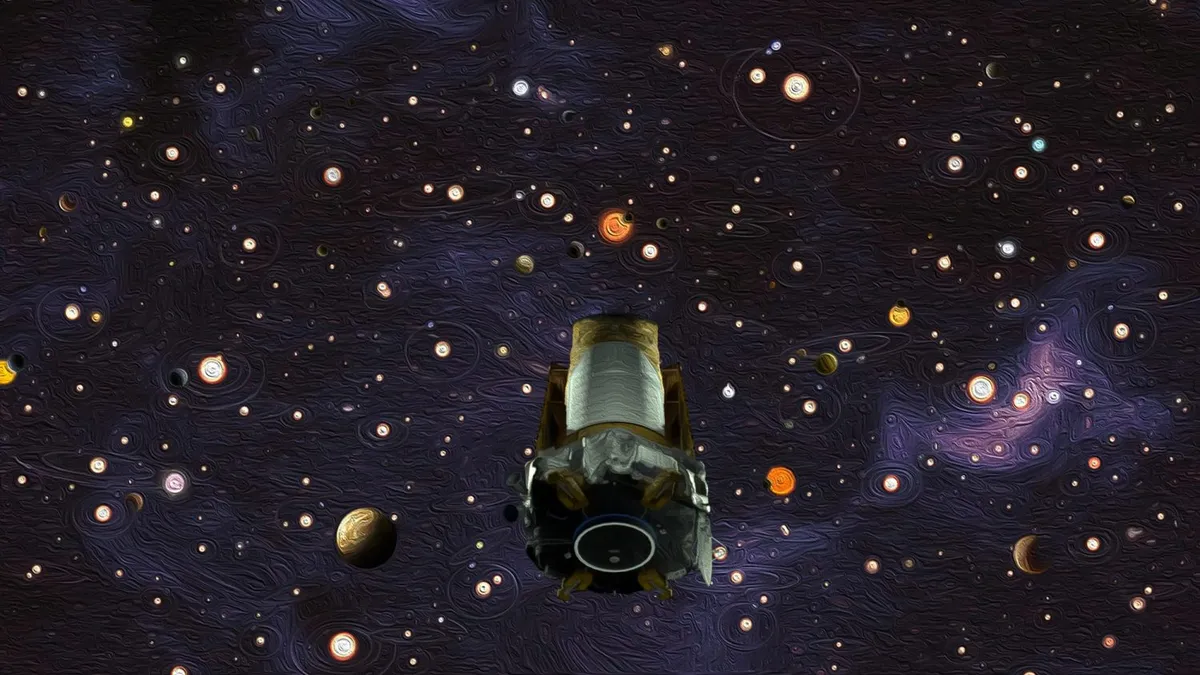
So what could these new worlds be like? Are they echoes of planets in our Solar System: gas giants like Jupiter, hot, dense and metallic like Mercury?
Are their surfaces cold and inert or churning with molten lava? And of course, most tantalising of all, are any of them rocky, watery worlds like ours, capable of supporting life?
So far exploration has revealed a smorgasbord of exoplanet masses and diameters.
We know that, surprisingly, the majority are Neptune-sized, so-called ‘super-Earths’ with a mass higher than Earth’s but far below that of ice giants Uranus and Neptune.
Planetary systems range from one lone exoplanet orbiting a star up to the likes of TRAPPIST-1 – discovered by the Transiting Planets and Planetesimals Small Telescope (TRAPPIST) in Chile, NASA’s Spitzer Space Telescope and other ground-based telescopes – with its 7 worlds all circling a star 8% the mass of our Sun.
Such low-mass stars are the most numerous in the Milky Way, so the news that three of TRAPPIST-1’s planets reside in the star’s ‘habitable zone’, and likely are tidally locked to their star, has only ramped up speculation about life in our Galaxy.
While we don’t yet have the technology to confirm biological life, the latest exoplanet missions will be answering some burning questions:
What are exoplanet atmospheres like?
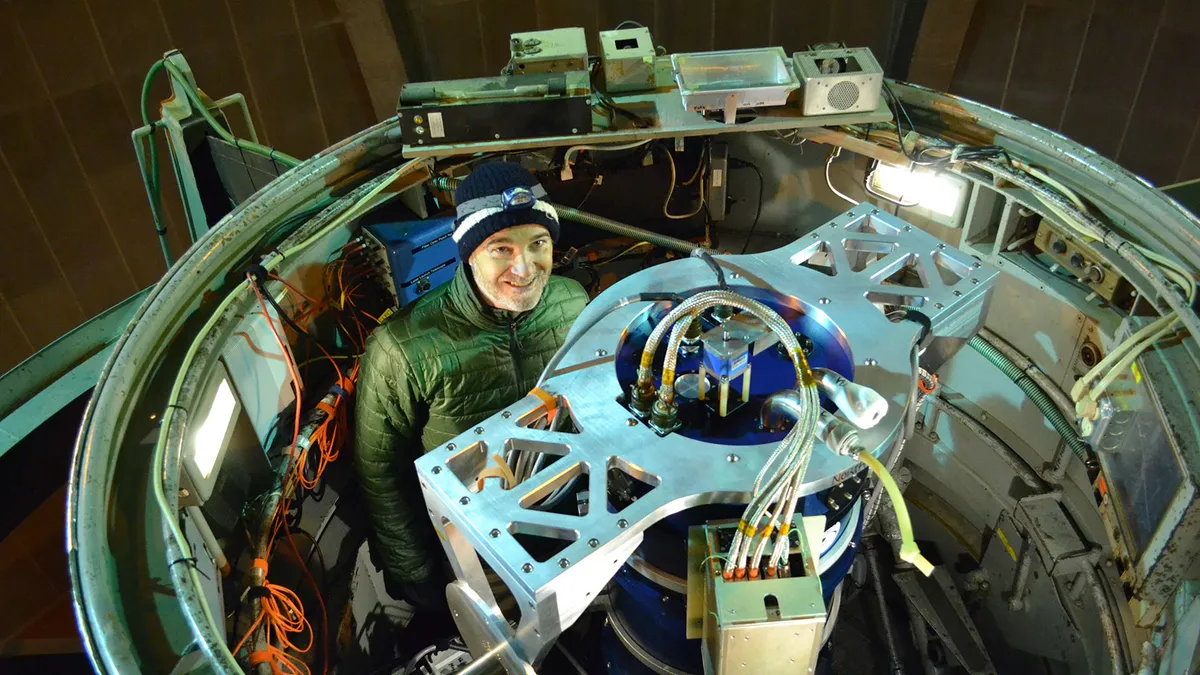
Ground-based NESSI (New Mexico Exoplanet Spectroscopic Survey Instrument) – an infrared instrument at Palomar Observatory’s 5-metre Hale Telescope, California – has the job of uncovering the atmospheres of exoplanets, evidence that can tell us much about the physical (and potentially life-bearing) conditions on these worlds.
NESSI uses transit spectroscopy, splitting the light it receives from a distant star before and after an orbiting exoplanet passes behind it.
This reveals the chemical ‘signature’ of molecules from a planet’s atmosphere: something it’s able to do because of the fact that light carries information about the material with which it interacts.
“Molecular signatures of things like carbon dioxide and water and methane tell us that there's something interesting going on,” says Michelle Creech-Eakman, principal investigator for NESSI.
A collaboration between NASA’s Jet Propulsion Laboratory and the New Mexico Institute of Mining and Technology, NESSI has been online since February 2018 and has thus far started to explore two ‘hot Jupiters’, massive gas giants that are orbiting close to their stars: HD 189773b, where winds blow at up to 5,400mph and it rains glass sideways; and WASP-33b, that simmers at a blazing 3,200°C. So, not the most habitable environments.
How big are exoplanets?
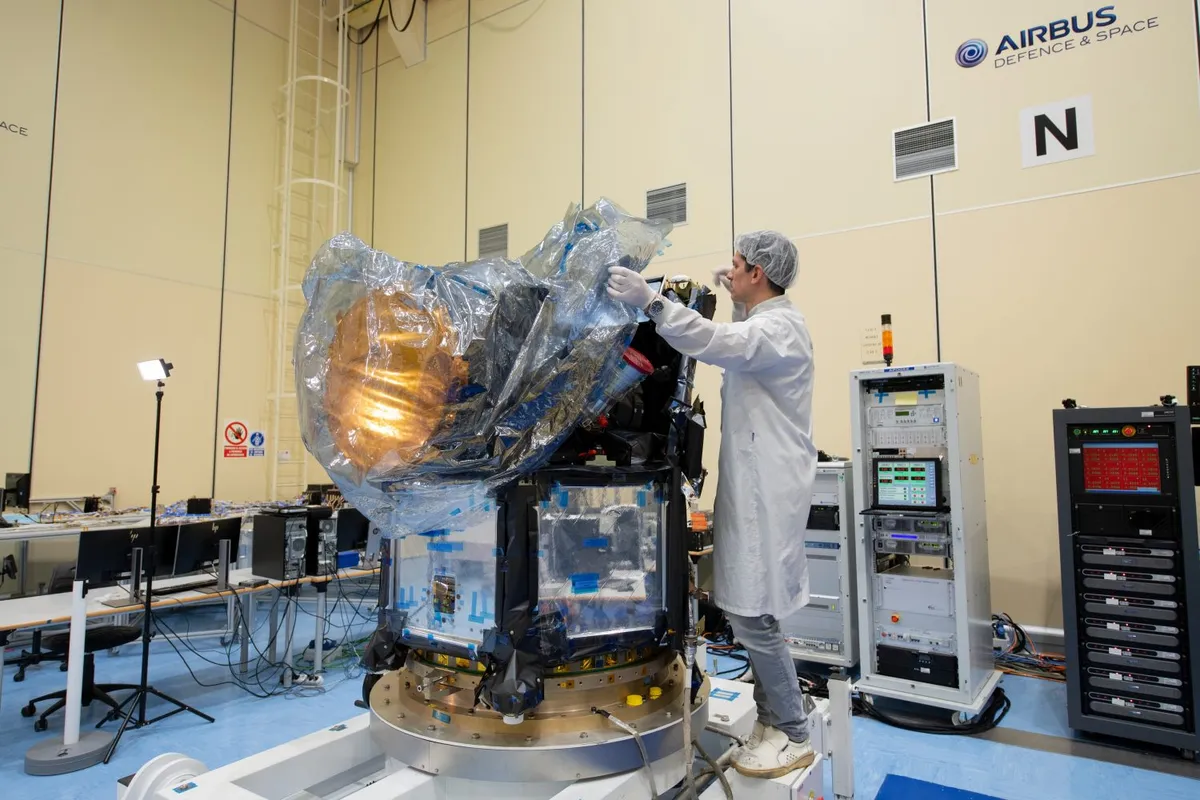
Taking the baton next is ESA’s CHEOPS (CHaracterisingExOPlanetSatellite), launched in December 2019 and tasked over its 3.5-year mission with making ultra-precise measurements of nearby bright planets.
One of its targets will be DS Tuc Ab (HD 222259Ab), a young planet 151 lightyears away in the constellation of Tucana.
First observed by TESS in November 2018, it is almost 6 times the size of Earth and makes 1 full orbit around its primary star (in the binary DS Tuc) every 8 days.
CHEOPS uses ultrahigh-definition transit photometry, detecting the minute dimming of a star as a planet passes in front of it.
Measuring dips in starlight like this will tell astronomers how big the planet is relative to its host star.
The super-accurate measurements will be combined with established data about the planet’s mass to unravel DS Tuc Ab’s density, its internal structure and composition, and provide vital clues as to how it formed and evolved.
The probe has already sent test data to CHEOPS Mission Control in Madrid and CHEOPS Science Operations in Geneva, and is expected to begin operations proper in April 2020.
How heavy are exoplanets?
Planet size is one thing, but density is another. NASA-funded NEID (pronounced ‘NOO-id’), located at Kitt Peak National Observatory in the Arizona desert, hopes to throw light on exoplanet mass and density, information that can also hint at whether a planet is rocky (like Earth, Venus and Mars) or gaseous (like Jupiter and Saturn).
NEID’s method is radial velocity (also called Doppler spectroscopy). As a planet orbits its star it exerts a gravitational pull on it, causing it to wobble – affecting the star’s normal light spectrum.
The size of the wobble – and NEID can measure down to as little as 1km/hr – is proportional to an orbiting planet’s mass.
The very first confirmed exoplanet around a main sequence star was discovered in 1995 through this method and, fittingly, NEID’s ‘first light’ target in January this year was again Pegasi 51.
With unprecedented accuracy - capable of measuring up to 1/1000th of a pixel, 3 times more accurate than other Doppler spectrographs – NEID will even have Earth-like planets within its grasp.
NEID will hopefully be fully operational later this year and astronomers worldwide can request to use it.
Are any exoplanets habitable?
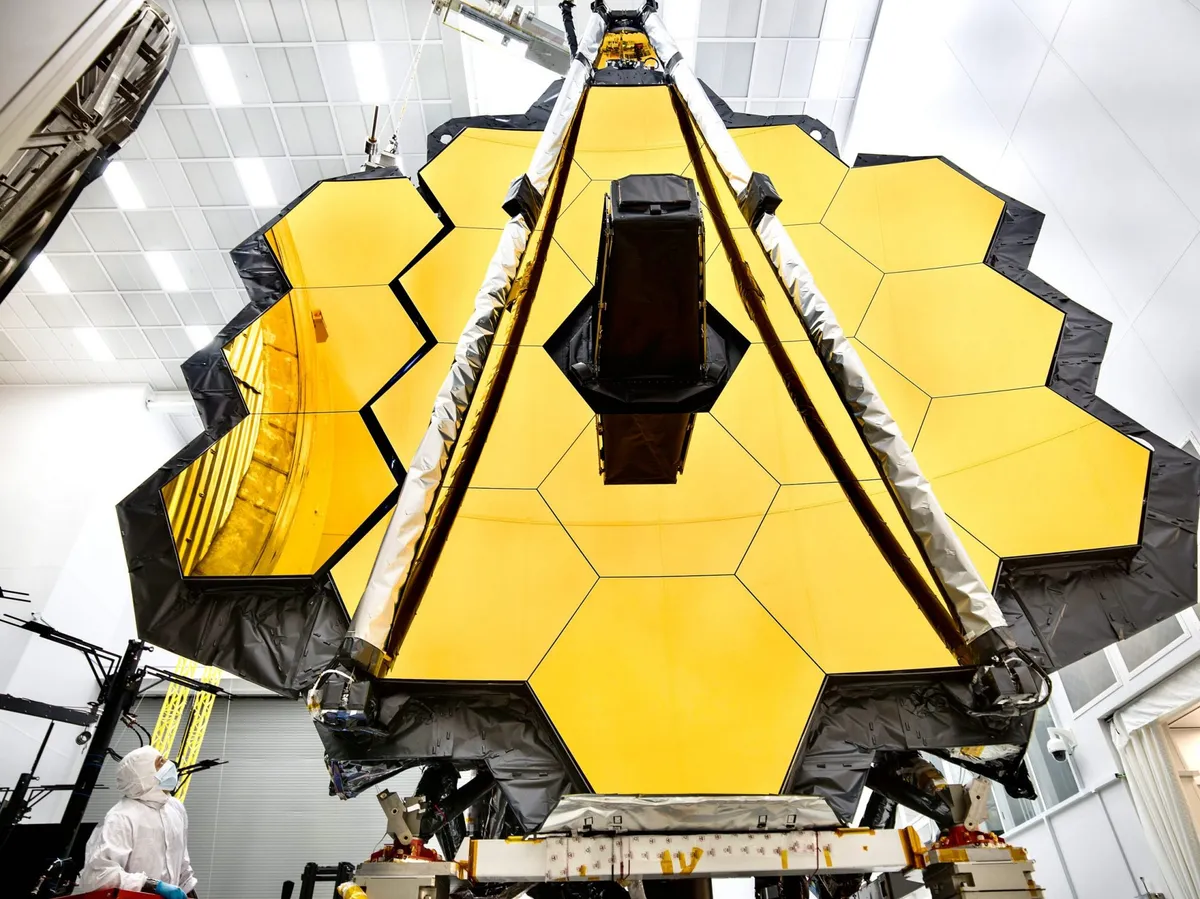
The game changer in exoplanetology will be NASA’s James Webb Space Telescope, due to launch in March 2021.
The largest, most complex space observatory ever to fly, JWST will specialise in visible red and mid-infrared light, with sensitivity vastly superior to any previous observatory.
The NASA, European Space Agency and Canadian Space Agency initiative will use transmission spectroscopy to reveal exoplanet atmospheres as we’ve never seen them before.
In its sights, NASA announced in February 2020, is TRAPPIST-1e, fourth planet out from TRAPPIST-1 and excitingly placed in the life-friendly ‘Goldilocks zone’.
A high-density planet, it may be of Earth-like composition with a solid rocky surface covered in a thick steamy atmosphere or a liquid ocean.
Another target is HIP 65426b, first discovered and directly imaged in 2017.
This hot Jupiter orbits a star about twice as massive as our Sun, but which sits roughly 92 times farther from its star than Earth is from the Sun – a factor that means observations will be much less affected by the bright glare of the host star.
“Our program is looking at young, newly formed planets and the systems they inhabit,” explains Beth Biller, an investigator on one of Webb’s first exoplanet observation programs.
“Webb is going to allow us to do this in much more detail and at wavelengths we’ve never explored before.”
What next?
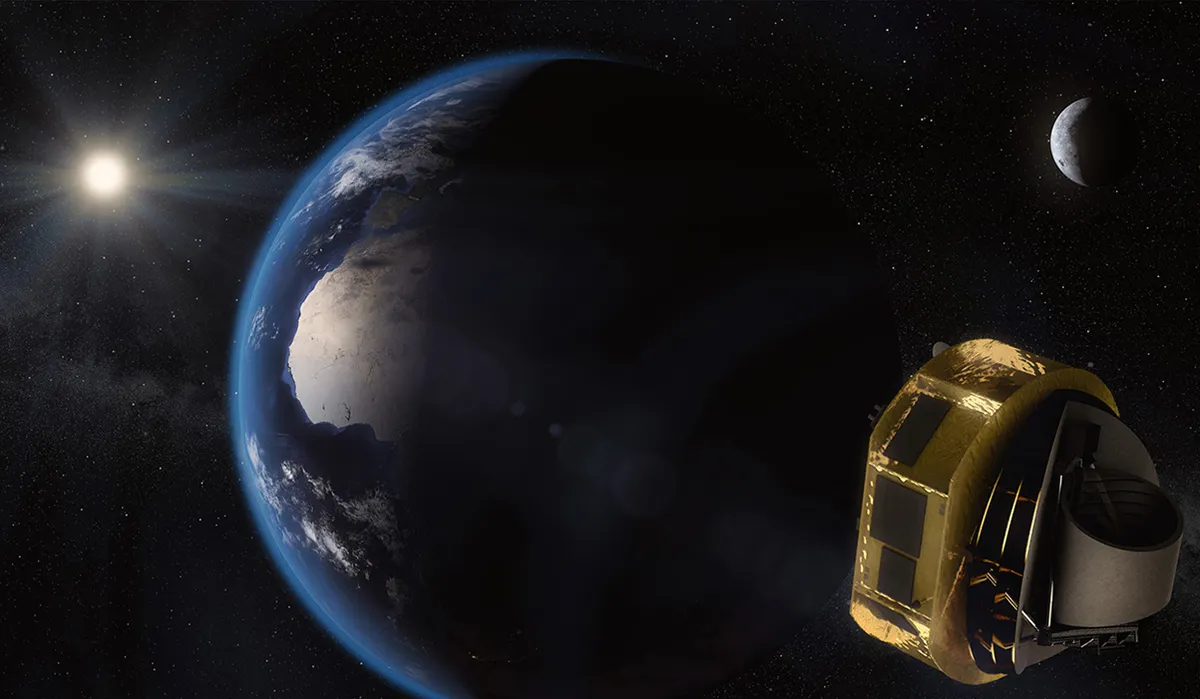
Looking even further ahead, exoplanets are the targets of two ESA telescopes planned for launch in 2026 and 2028.
PLATO (PLAnetary Transits and Oscillations of Stars) will have an emphasis on earth-like planets in the habitable zone around sun-like stars, while ARIEL (the Atmospheric Remote-sensing Infrared Exoplanet Large-Survey) will have instruments on board to study the temperature and chemical make-up of exoplanet atmospheres.
Our knowledge has already changed beyond recognition since Michel Mayor and Didier Queloz made their discovery in 1995.
If the latest raft of missions go to plan, we’re only a few short years away from once again recalibrating our understanding of the exotic worlds beyond Earth.
Jane Williamson is a science journalist and writer.
